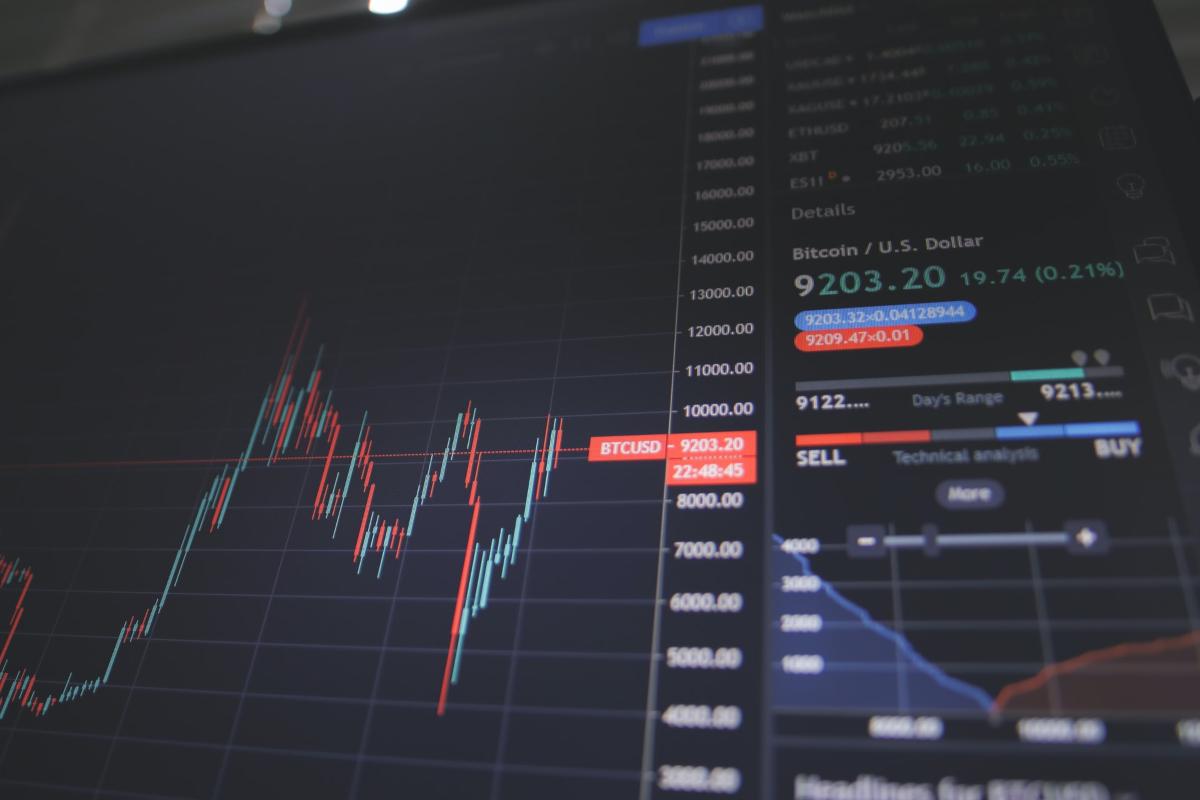What Is Beta in Finance and Stock Markets? Measure, Explained
In investing, risk and returns go hand in hand. Beta is a measure of systematic risk. What is beta in stock markets and finance?
July 30 2021, Published 1:31 p.m. ET
In investing, risk and returns go hand in hand. To measure the risk, there are several metrics that Wall Street pros use. One of these is beta, which is a measure of systematic risk. What is beta in stock markets and finance? Why is it such a key metric?
Talking of risk, we can broadly divide it into systematic risk and unsystematic risk. As the name suggests, it’s the risk related to the “system,” which in this case is the stock market. Systematic risk is outside the control of the company where you intend to invest. This is also known as a "non-diversifiable risk" since we can't diversify systematic risk by investing in more than one stock.
What is systematic risk?
Systematic risk includes several factors, including:
- Geopolitical risks
- Market risk
- Inflation risk
- Interest rate risk
- Liquidity risk
Some of these risks are at the forefront in the current markets. For example, geopolitical risk has received a lot of attention after China cracked down on its tech giants. There was broad-based selling in all Chinese stocks.
Similarly, inflation risk and interest rate risks are in focus amid rising prices. In simple terms, systematic risk is the risk that you assume while investing in stock markets. Beta comes into the picture while measuring systematic risk.
Beta measures systematic risk
Beta is a measure of systematic risk. It measures the volatility of the stock compared to the broader markets. A beta of one implies that a stock is as volatile as the market. A beta above one implies that the stock is more volatile than the markets, while a beta below one implies volatility less than the markets.
Usually, cyclical stocks have a beta above one, while defensive stocks have a beta lower than one. The beta can even be negative, which would mean that a stock has a negative correlation with the markets. However, over long periods, it isn't practical for any stock to have a negative beta.
How beta is used
While measuring beta, there are several aspects to consider. First, the index used as a proxy for the markets should be diversified. In the U.S., the S&P 500 Index is a good proxy for the markets. Also, we need to look at the time period since a beta would vary based on the periods selected.
Beta in finance, explained
While the beta is a measure of risk, it's also a measure of the expected returns from a stock. Beta is a part of the CAPM (Capital Asset Pricing Model), which is the most widely used asset pricing model.
According to the CAPM, the expected returns from stock have two components. The first is the risk-free returns. The second component is the risk premium multiplied by beta. The equity risk premium here is derived by subtracting risk-free return from the expected market return.
Practical uses of beta
Beta also has practical implications. If you expect the markets to go up, it would make sense to shift into high beta stocks, which are expected to rise more than markets. However, if you expect the markets to fall, you can limit your losses by moving into low beta stocks, which would fall less than markets.



